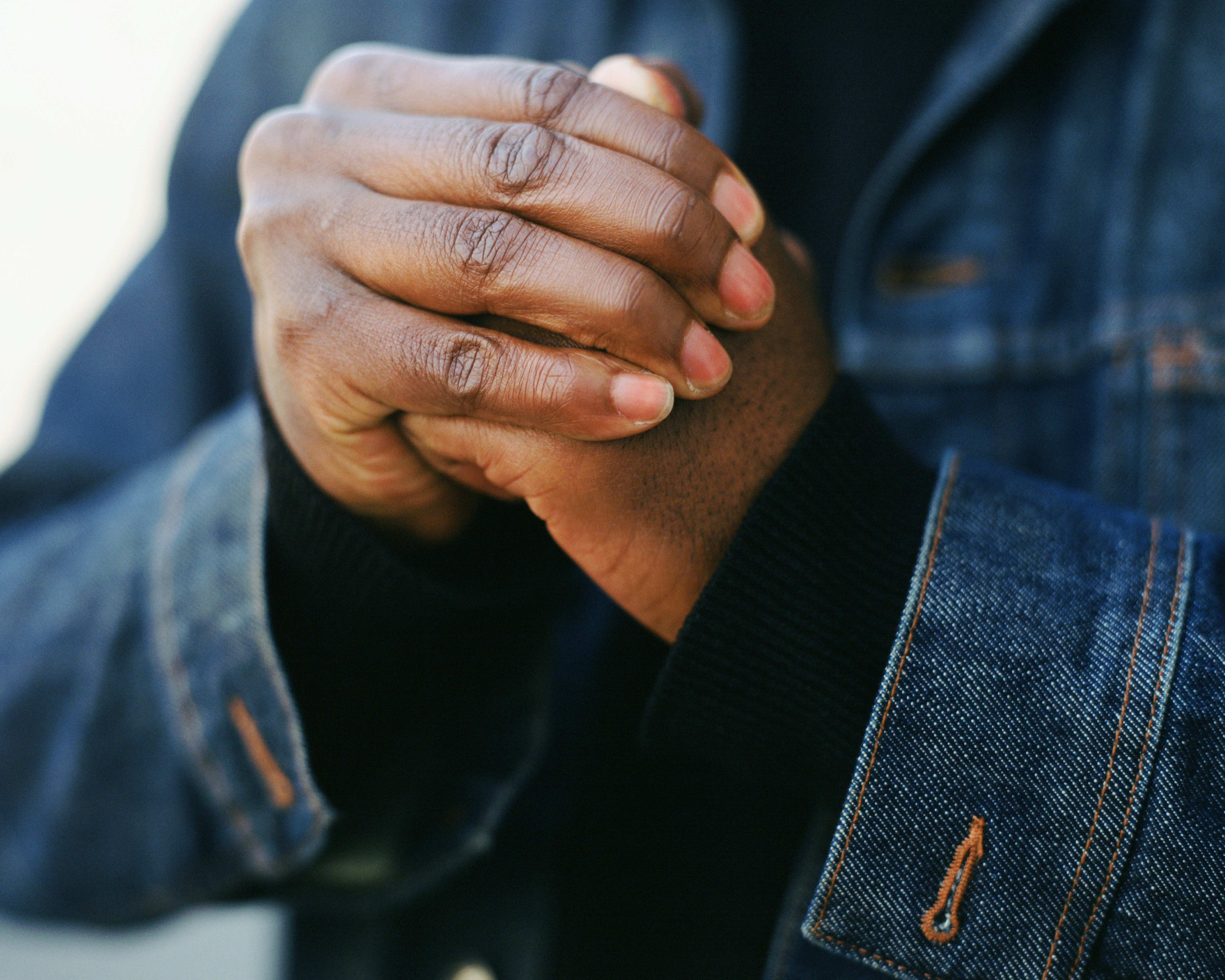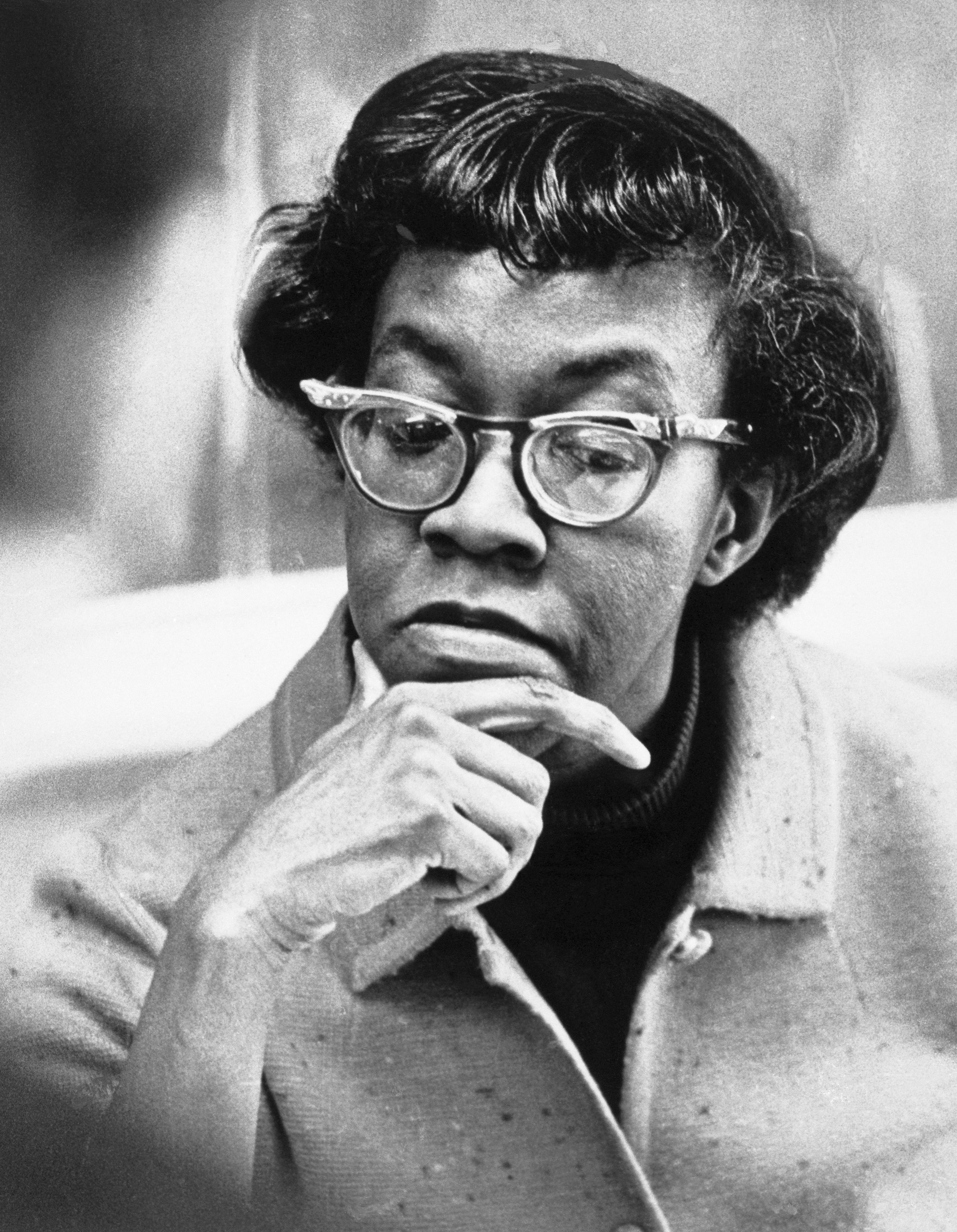
What’s your most decadent home purchase? I don’t mean expensive, necessarily — more, a thing you purchased you can absolutely live without but you feel like it makes your day just a little more special. For me, I think a serious contender is a milk foaming jug that delicately froths my milk of choice into the perfect topping to my coffee. I know I could live happily without my daily bootleg cappuccino, but I don’t have to! Now if only I had an espresso machine...
This is an adapted version of the Inverse Daily newsletter for Tuesday, June 7, 2022. Subscribe for free and learn something new every day.
In today’s Inverse Daily, you can read about the hidden science behind the espresso machine. And keep scrolling to learn whether cracking your knuckles is bad for you and a NASA Artemis I Moon rocket update.

Strawberry Moon: You need to see June’s bright full supermoon this month
The Strawberry Moon will come to peak illumination on June 14, dominating the night sky. While the nights are shorter at this time of year, the Moon is a great target to spot for the precious few night hours available.
June’s Full Moon, of course, does not look like a strawberry. But the name evokes tradition by the Algonquin tribes of the United States and Canada, who named the Full Moon after an abundant plant in the region, NASA says.
That’s not the only moniker associated with the June Moon. Some Europeans, the agency continues, called this Full Moon either the Mead Moon or the Honey Moon, because honey is also ready to harvest this month. Incidentally, the word “honeymoon” might also be linked to this Full Moon. The word has been found at least as far back to the 1500s in Europe and again, it may be because a lot of weddings took place in June.
This Moon also appears in reference material (attributing to European or Native American sources) as the Flower Moon, Rose Moon, Hot Moon, Hoe Moon, and Planting Moon. Depending on your culture and location, you may have other monikers by which you call the June Moon.

The behemoth emerges: NASA rolls out Artemis 1 Moon rocket (again)
A new picture of NASA's Artemis 1 rocket offers up some déjà vu.
NASA wants to launch its Artemis 1 mission before the end of the summer. When it soars, the space agency will set in motion the first major lunar program since the Apollo era. Now that the second round of hardware evaluations is complete, teams at NASA’s Kennedy Space Center (KSC) in Cape Canaveral, Florida, are confident that the gargantuan 322-foot-tall Space Launch Systems (SLS) rocket topped with the Orion capsule will be able to ace a final round of pre-launch testing outside KSC’s rocket garage.
Shortly after midnight, at 12:10 a.m. Eastern on Monday, the 5.75-million-lb rocket began creeping towards Launch Complex 39B aboard a robotic crawler. NASA teams tweeted this pre-dawn picture of Artemis 1 emerging from KSC’s Vehicle Assembly Building, where it spent six weeks undergoing repairs after teams encountered problems during earlier testing from the launchpad. The roughly eight-hour journey wrapped up at 8:20 a.m. Eastern when Artemis 1 finally reached the pad.
Artemis 1 first left VAB on March 17, spending more than two months at the launchpad until it failed three fueling tests — known as wet dress rehearsals — out there, prompting NASA to return it to the VAB for a more in-depth inspection.
Now that Artemis 1 is back at the launchpad, NASA hopes the Statue of Liberty-sized rocket won’t spend too much time decorating the space coast’s horizon.

Angelo Moriondo: How the father of the espresso machine used science to make coffee
Whether you’re ordering a double shot in a little white cup or a foamy latte with extra syrup, your barista prepares the same potent brew by blasting water through a pad of tightly-packed espresso grounds.
But brewing espresso is a relatively new invention. In 1885, Angelo Moriondo of Turin, Italy patented the first machine that used steam pressure to brew beans. As of today, he was born 171 years ago (which is why he’s the subject of yesterday’s Google Doodle).
Moriondo’s machine never made it to commercial production, but it paved the way for the espresso machines we know today. The principles it used to brew the popular beverage have held up over time — part of the science behind the concoction of a perfectly smooth cup.

Is cracking your knuckles bad for you?
Some people find bone-cracking unbearable to be around, while others squeal with jealousy, craving the same satisfaction.
The latter group is larger than you might think: up to 54 percent of people are thought to regularly crack their fingers. The noise itself is caused by a process called “cavitation” within the joint, which is where gas bubbles form in the viscous, synovial fluid between the bones. Pulling the joint apart, as you do when you hyperflex a joint to make it crack, causes a decrease in the pressure in the synovial fluid, triggering any gases dissolved in the fluid to come out of the solution and coalesce into a bubble, or “cavity.” This bubble formation is what makes the cracking noise.
The tale is as old as time: cracking your joints is BAD FOR YOU! Growing up, my parents would tell me off for constantly cracking all my bones, saying that it would give me arthritis. Of course, I carried on cracking away, because my short-term satisfaction will always outweigh long-term health issues. But does cracking your joints actually cause long-term damage?

About this newsletter: Do you think it can be improved? Have a story idea? Want to share a story about the time you met an astronaut? Send those thoughts and more to newsletter@inverse.com.
- On this day in history: On June 7, 1917, poet Gwendolyn Brooks was born in Kansas. Brooks was the first African American poet to win a Pulitzer Prize for her poetry — in 1964.
- Song of the day: “A Song in the Front Yard,” by Gwendolyn Brooks.







